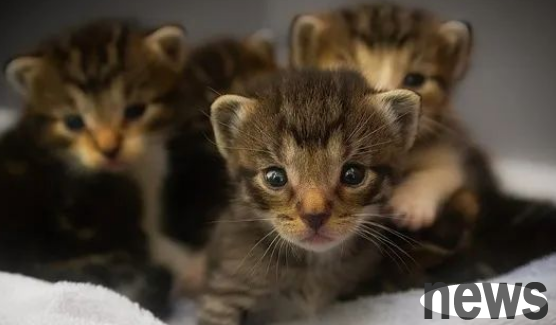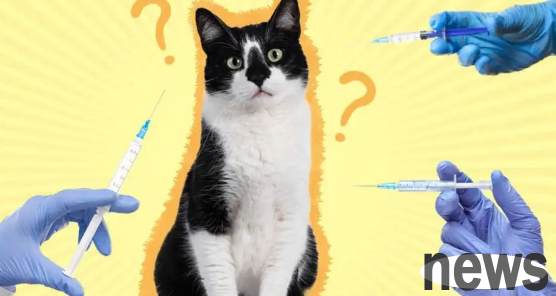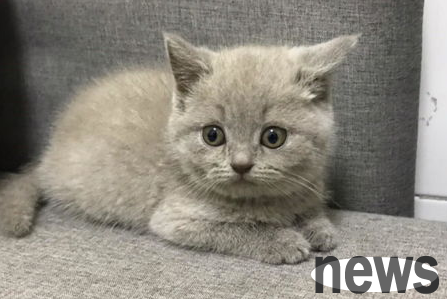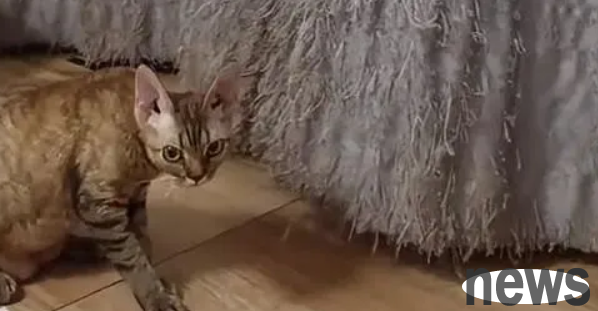How should we communicate about cats’ immune protection?
Regular immunization is one of the key measures to protect pets from diseases. Popularizing the risks of infectious diseases in cats and their preventive measures is an important part of the work of pet doctors.
How to let more poop shovelers understand the potential dangers of infectious diseases in cats from the perspective of pet owners' communication, and how to better convey the importance of immunity? This article is full of knowledge points, allowing pet doctors to better maintain pet health with pet parents.

What are the risks of infectious diseases in cats?
There are various infectious diseases around cats, which may come from other pets, environments or wildlife. Once a cat is infected, it will not only affect their own health, but may also spread to other pets and family members. Some common cat infectious diseases include:
cat parvovirus (FPV) infection
cat parvovirus is a highly contagious disease that is mainly transmitted through the mouth, eyes, nose and feces. After infection, the cat may experience severe symptoms such as vomiting, diarrhea, fever and leukopenia. It is particularly important to note that cats may have begun to spread the virus during their incubation period, increasing the risk of disease transmission.
Extended Reading: FPV virus is widespread. What prevents the cat plague pandemic?
Female calicivirus (FCV) infection
Female calicivirus is also a common viral upper respiratory infectious disease, which mainly causes mild to severe respiratory infections and oral ulcers in cats. In multi-cat environments, especially in kittens, the virus spreads more frequently. FCV is prone to mutation, and there are multiple mutant strains. Cats may also cause serious systemic symptoms and endanger life.
Extended reading: How to prevent and treat cat calicivirus FCV to the greatest extent?
Female nasal branch virus infection (FHV)
Female nasal branch virus (FHV), or cat viral rhintracheitis (FVR), is a widely-occurring high-risk viral respiratory infectious disease, mainly caused by FHV-1. It has the characteristics of strong infectiousness and recurrence. Kittens with incomplete immune system are more susceptible to virus attacks. Because FHV spreads rapidly in cat groups and the virus is latent in the body, most cats become lifelong virus carriers after infection.
Extended reading: FHV is highly contagious and prone to recurrence. How can we block the virus transmission chain?

Female infectious peritonitis (FIP)
Female infectious peritonitis, a serious infectious disease caused by feline coronavirus. Pathogens spread through the respiratory or digestive tract and rapidly spread throughout the body through the white blood cells that invade the host, triggering abnormal reactions in the immune system and leading to inflammatory reactions everywhere in the body. FIP has a variety of clinical manifestations, including ascites, jaundice, weight loss, dyspnea and abnormal changes in the eyes or skin. The condition will gradually worsen and eventually lead to organ failure.
Feid HIV (FIV) and Female Leukemia Virus (FeLV) infection
Feid AIDS and Female Leukemia are two common cat immune system diseases that are mainly transmitted through saliva, blood, breast milk and feces. After infection, the cat's immune system will be severely damaged and is susceptible to other diseases, and these two viruses may also lead to serious consequences such as malignant tumors and anemia.















